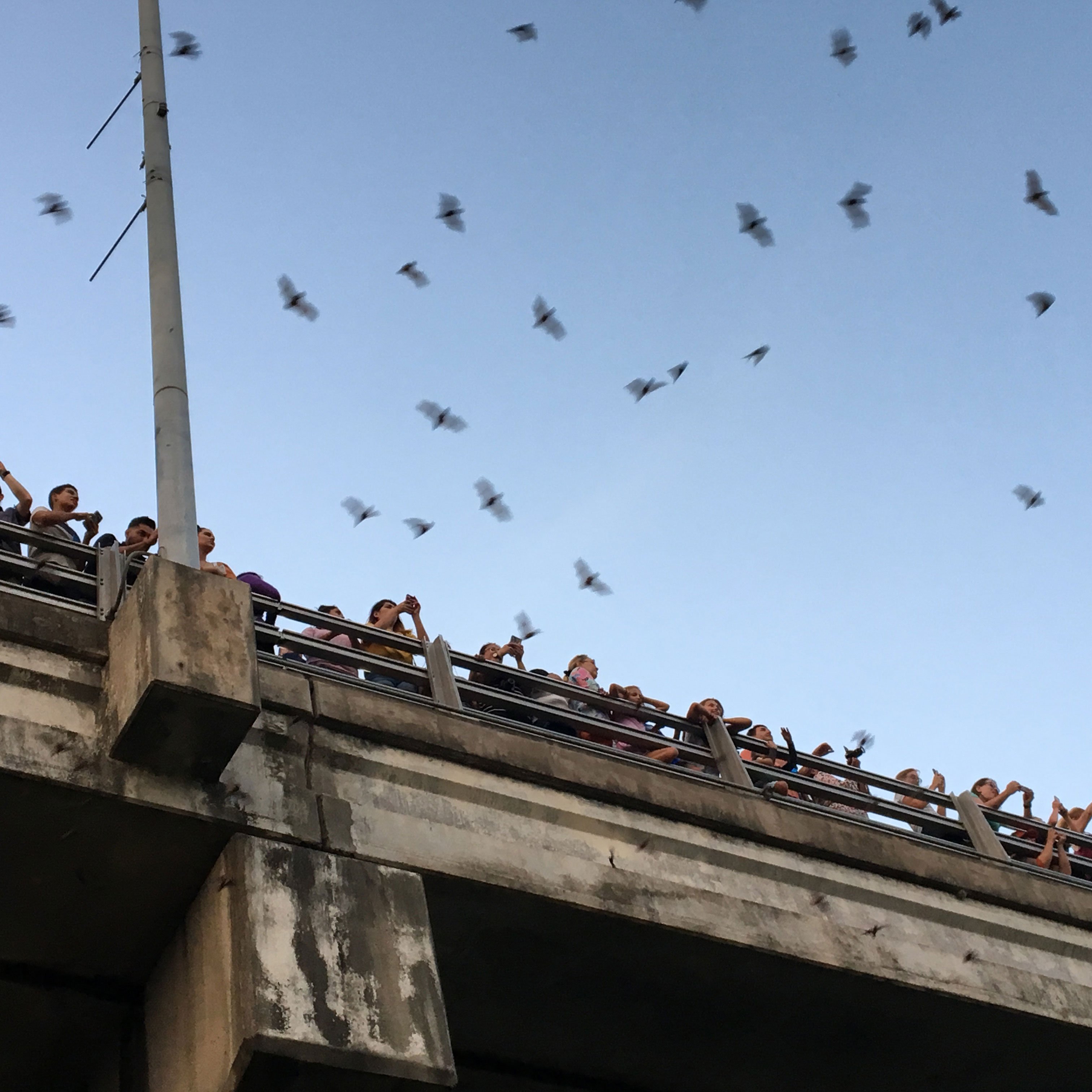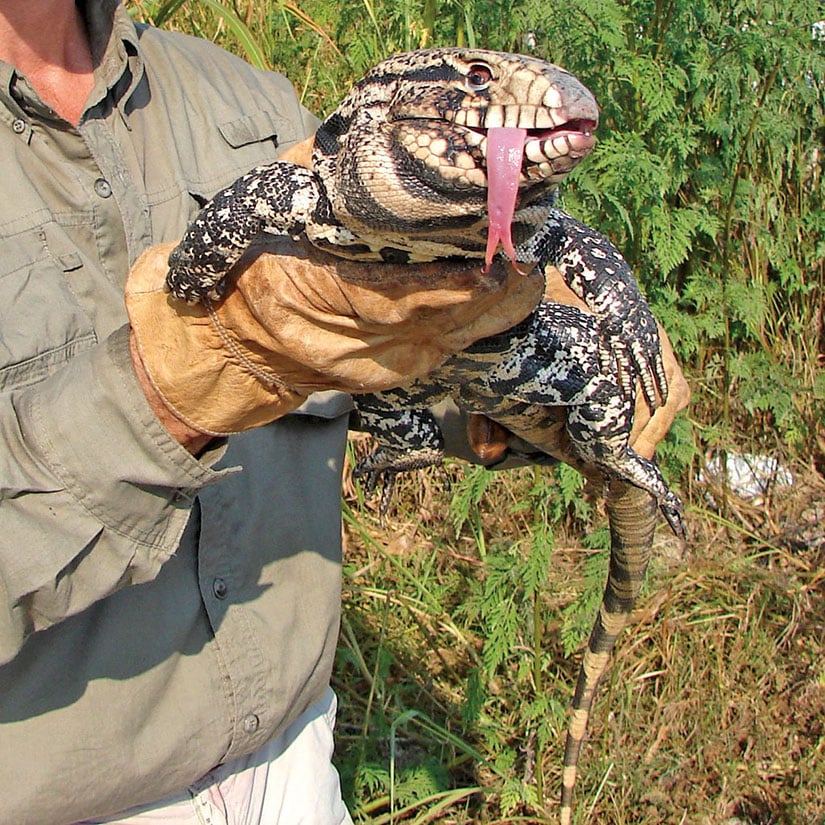The Bat Bridges of Austin, Texas | Austin
1.5 million bats spend their summers under a Texas bridge.
From February to November, Austin goes batty.
Hundreds of people gather in the Texas capital every day at sunset to watch an estimated 1.5 million Brazilian free-tailed bats emerge from the Congress Avenue Bridge.
The species has been migrating to this region from its overwintering sites in Mexico since long before a city was established here, but a bridge-building mistake in 1980 provided the bats with their current urban home.
When the Texas Department of Transportation remodeled the Congress Avenue Bridge, it left deep, narrow crevices between the beams that turned out to be the perfect bat habitat.
The crevices protect bats from predators and provide female bats with an incubator-like setting to raise their young. The sun heats the pavement on top of the bridge and then filters down into the gaps, warming the pups.
At sundown, swarms of mature bats take flight from the bridge almost simultaneously as they begin an overnight journey in search of food.
The bat flights have become one of the city’s most popular sources of free entertainment. This peaceful coexistence between bats and the citizens of Austin is the realization of a long-held dream for Merlin Tuttle.
Tuttle moved to Austin to found Bat Conservation International in the 1980s – a time when there was widespread apprehension about the Congress Bridge bats. The public’s bat phobia was fueled by negative press and ill-informed health officials, who suggested that the bats were rabid and dangerous. Citizens began signing petitions to wipe out their furry, new neighbors.
Tuttle worked to educate the people of Austin about the advantages of its bat colony.
“There was panic and pandemonium,” Tuttle said. “The problem is people are afraid of what they don’t understand, and I came down and showed them what the bats are about, and next thing we knew, this was becoming a huge, international tourist attraction.”
Brazilian free-tailed bats form larger colonies than any other mammal in the world, with as many as 10 to 20 million in a single colony. They can travel 90 miles in a single night and fly at greater heights than any other bat species.
“These guys fly thousands of feet high at night, and they catch tailwinds and can actually travel nearly 100 miles an hour,” Tuttle said. “These bats can cross four to five counties in just 12 to 15 minutes.”
The Congress Avenue Bridge is one of several Central Texas bridges where Brazilian free-tailed bats have taken up residence. The McNeil Overpass at Interstate 35 in Round Rock, Texas is believed to have the largest colony – Tuttle estimates as many as 4 million bats roost there from spring through fall.
While the Congress Avenue Bridge and McNeil Overpass were not intentionally engineered to attract bats, Tuttle has been recently been working with the Texas Department of Transportation to build bridges that are specially designed to draw bats.
Despite Tuttle’s efforts to increase bat populations in Texas, the numbers of Mexican free-tailed bats are in decline, due in part to human threats such as wind turbines, which kill hundreds of thousands of migratory bats with their fan blades annually.
Tuttle retired from Bat Conservation International in 2009 and launched Merlin Tuttle’s Bat Conservation in 2014, where he continues his initiatives to preserve and protect bats around the globe.
Standing across from the Congress Avenue Bridge, Tuttle watches the bat emergence in admiration as he reflects on the harmonious relationship between bats and humans in the City of Austin.
“I worked really diligently 35 years ago and convinced the people of Austin that bats are worth keeping. And today, they are very worth keeping,” Tuttle explained. “They bring in more than 10 million tourist dollars every summer, they eat tons of insect pests every night, and the people of Austin know they’ve got some safe and invaluable neighbors. But the key thing is, not one human has been harmed by a bat, no one has ever been attacked. People stand within just a couple of meters of the bats, night after night, and nobody is ever harmed.”
— Sean Keenehan






